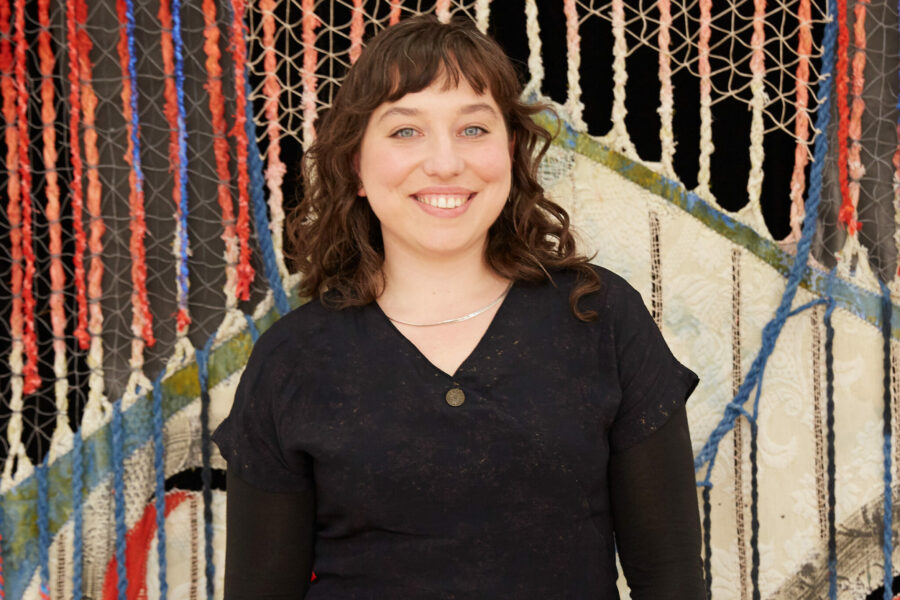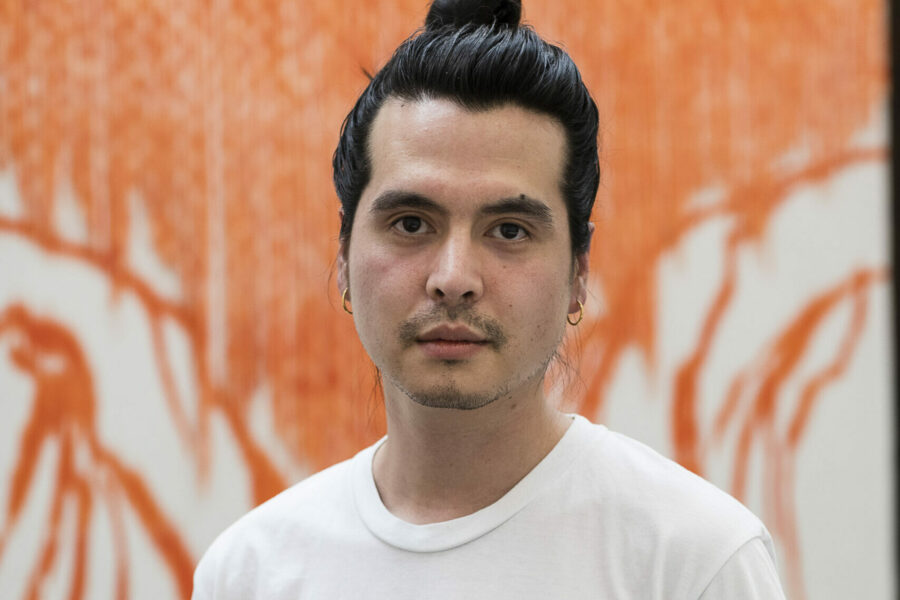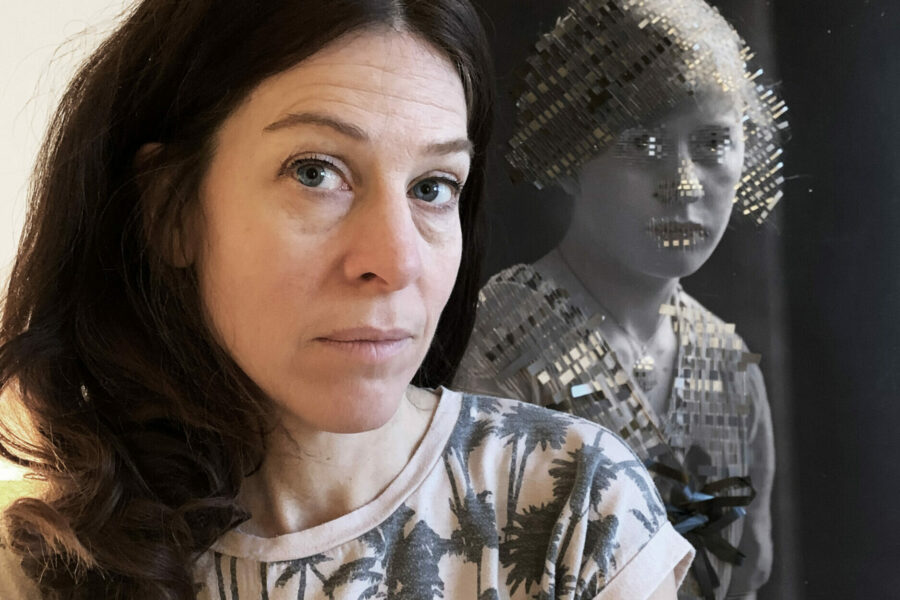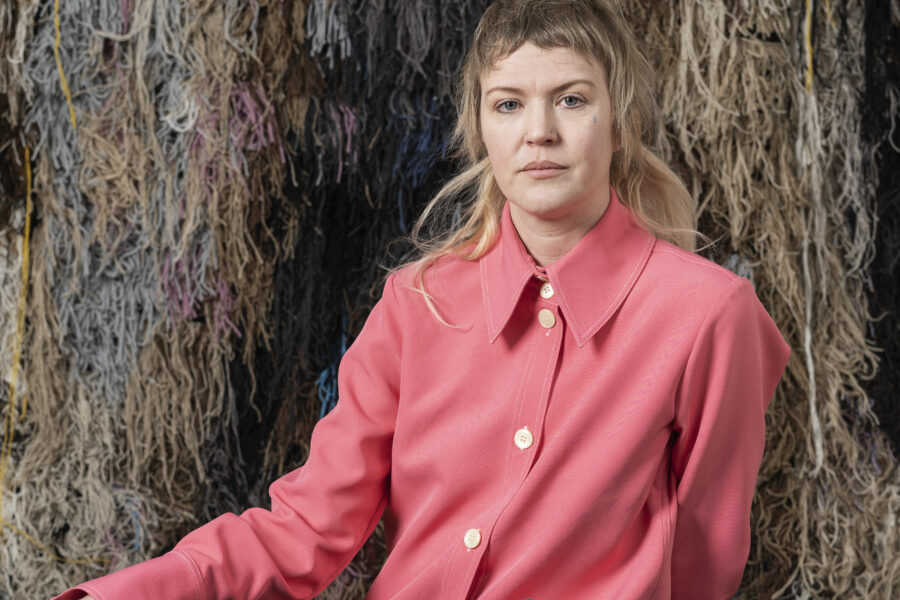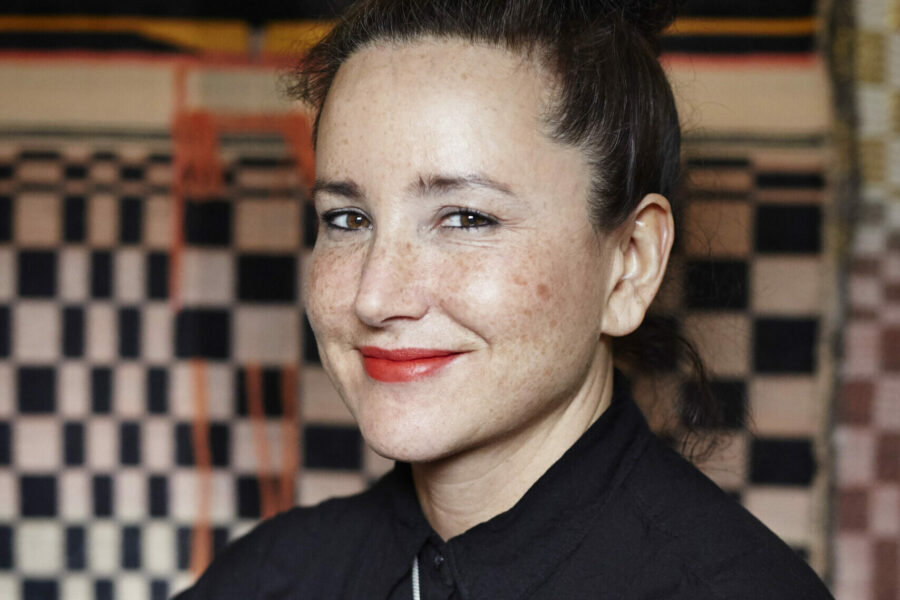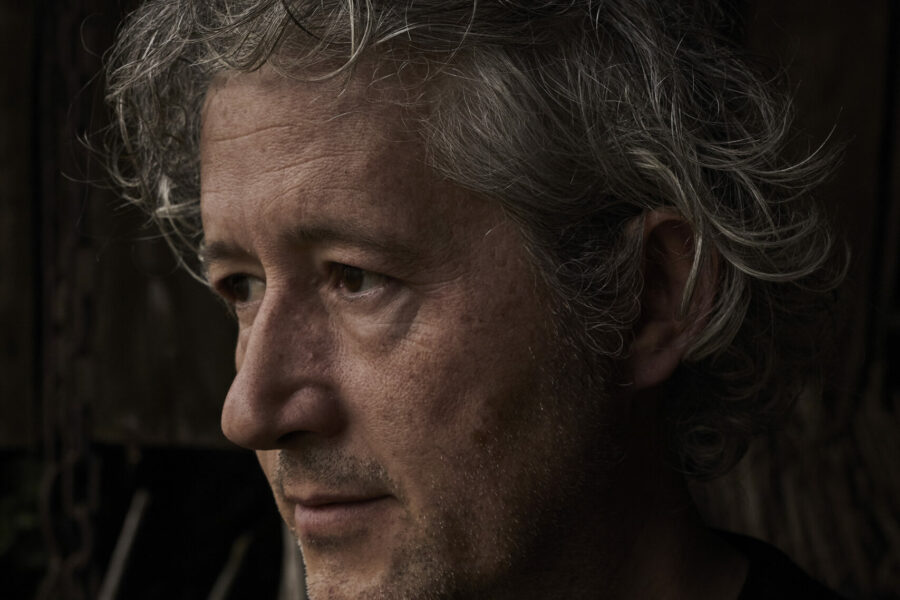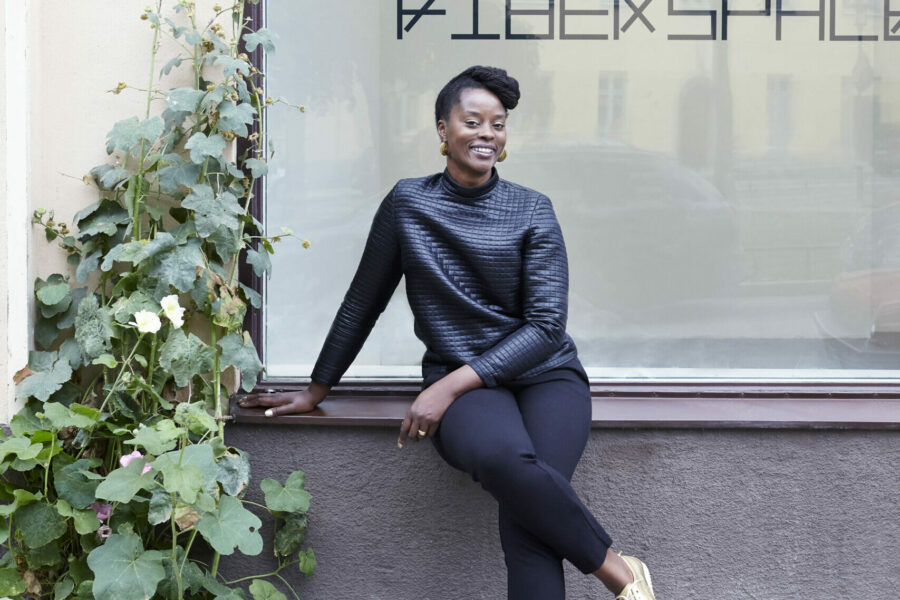
Photo Karin Björkquist
The curator: Marcia Harvey Isaksson
Marcia Harvey Isaksson (born in 1975 in Harare, Zimbabwe) is a curator, exhibition designer and artist based in Stockholm. She runs Fiberspace, an arena for textile arts, crafts and design that she founded in 2015 and for which she was awarded the Dynamo Award by the Swedish Arts Grants Committee in 2022. She also works as a freelance curator and combines this with design assignments from various museums in Sweden where she has developed concepts for exhibitions covering everything from cultural historical collections to societal issues. In her own artistic practice, she uses textile methods to investigate place, belonging and heritage with a focus on knowledge and storytelling.
